What is PEMDAS Rule?
The PEMDAS Rule (an acronym for “Please Excuse My Dear Aunt Sally”) is a set of rules that prioritize the order of calculations, that is, which operation to perform first. Otherwise, it is possible to get multiple or different answers. We don’t want that to happen.
Below illustrates an example where there are two possible answers. The first solution yields the wrong answer because it calculates the numerical expression from left to right. While the second solution is the correct one because it follows the rules of the Order of Operations.
Simplify the numerical expression.

Wrong Solution:
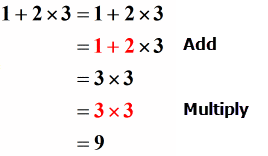
Correct Solution:
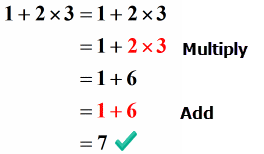
Order of Operations
Step 1: At the top of the list, remember to ALWAYS simplify everything inside the grouping symbols. Examples of grouping symbols are parentheses ( ), brackets, and braces { }. For nested grouping symbols, work it out from the inside and out.
Step 2: Exponential expressions are calculated or evaluated first before performing any of the four fundamental arithmetic operations, namely: addition, subtraction, multiplication, and division.
Step 3: Next, multiply and/or divide whichever comes first from left to right before performing addition and subtraction. This tells us that multiplication and division have a higher level of importance than addition and subtraction.
Step 4: Lastly, add and/or subtract whichever comes first from left to right.
PEMDAS
PEMDAS is a mnemonic device that can help us remember the order of operations which we already know stands for “Please Excuse My Dear Aunt Sally”.
P – Parentheses
E – Exponents
M – Multiplication
D – Division
A – Addition
S – Subtraction
Just a quick caution, the operations of multiplication and division have the same level of priority. To decide when to multiply or divide, always perform the one which appears first from left to right.
In the same manner, addition and subtraction are co-equal in terms of importance. Perform the operation that comes first as you work it out from left to right.
Examples of the Applications of PEMDAS Rule
Example 1: Simplify the following expression using the Order of Operations.

Solution: Notice that there are three operations involved. Based on the order of operations, multiplication takes precedence over addition and subtraction so we will multiply first. Next, subtract then add since the operation of subtraction comes before addition from left to right.
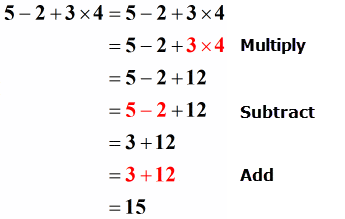
Example 2: Simplify the following expression using the Order of Operations.

Solution: The grouping symbol has the highest priority which means we must first simplify everything inside. Within the parenthesis, we have the operations of division and multiplication. Since they have the same importance, the order of how they appear from left to write will determine which goes first. In this case, we divide first and then multiply.
After simplifying the expression inside the parenthesis, we will have subtraction and division left. It is obvious that division should be calculated first before subtraction.
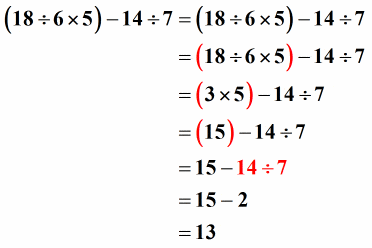
Example 3: Simplify the following expression using the Order of Operations.

Solution: Simplify the expression inside the parenthesis then evaluate the powers (terms with exponents). After doing so, we will have a simpler expression that involves addition, multiplication, and division. Scanning from left to right, we see that we should multiply first, then divide, and finally add.
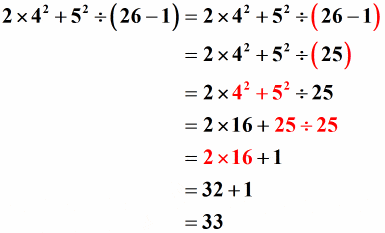
You may also be interested in these related math lessons or tutorials:
